Elevating brands
with innovative
design solutions
Elevating brands
with innovative
design solutions
Elevating brands
with innovative
design solutions
Elevating brands
with innovative
design solutions
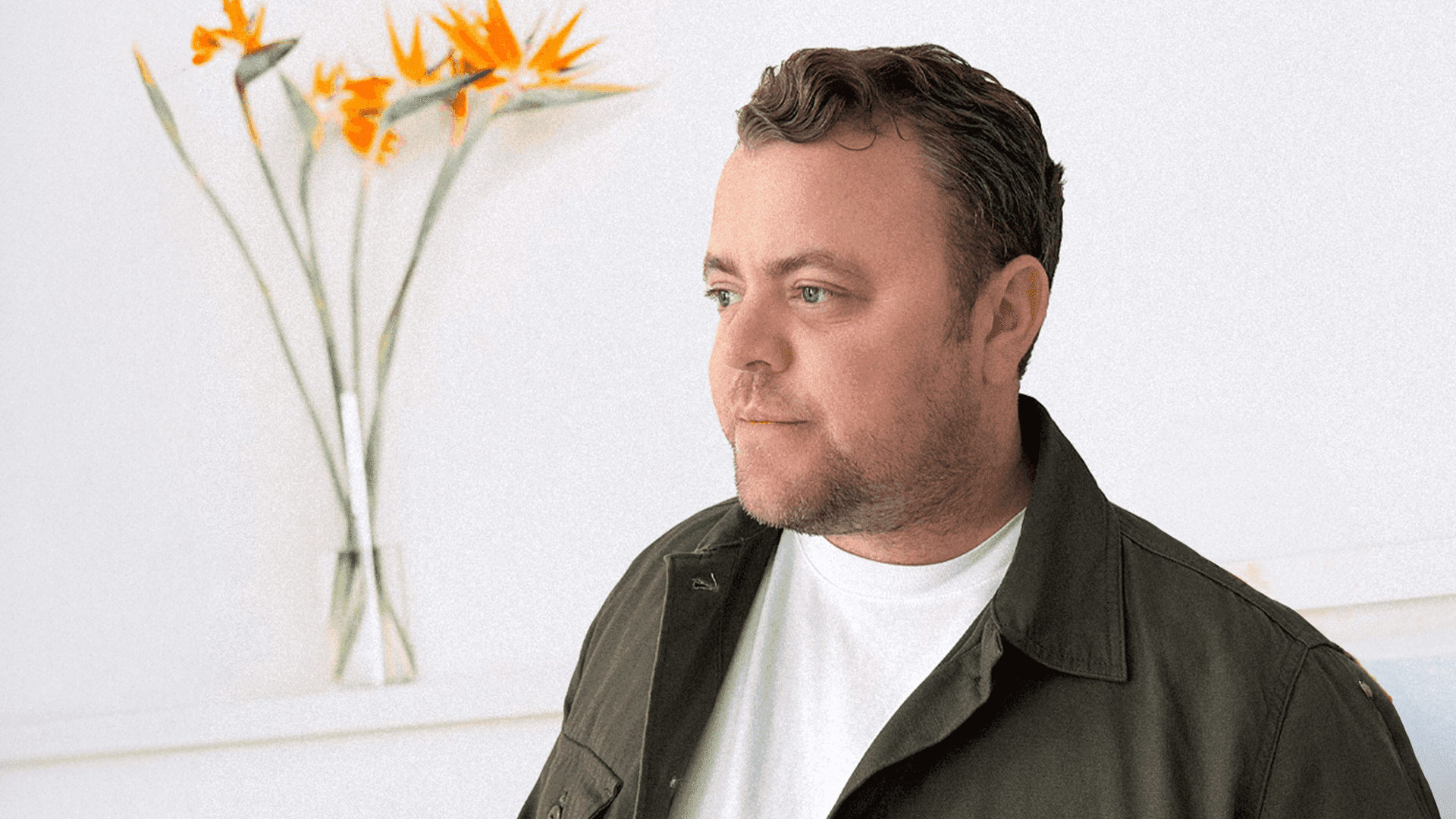



ABOUT
A versatile Designer and Creative Director working across multiple industries. Specialising in researching and designing digital product experiences, layouts and visuals. Passionate about user‑centred and inclusive design, driven by data and user research. Experienced in leading teams, prototyping, running workshops and communicating ideas throughout large and small businesses. A proven eye for detail, with leadership and stakeholder management skills.
120+
Completed Projects
50+
Happy Clients
10+
Years of Experience
CREATIVE Process
EMPATHISE
Design begins and ends with user needs. Starting by getting close to your user to understand who they are and what they want. Focus on the problems they need solved, using the jobs to be done (JTBD) framework to understand why customers are using your product and what they’re trying to accomplish.
01
DEFINE
Mapping out user personas, focusing on the key tasks of different user types. Using the insights to define a clear problem statement that centers on users’ needs. The problem statement should be targeted enough to offer clarity on the specific issue identified, but broad enough to leave space for a range of possible solutions.
02
IDEATE
Maintaining an open, creative mindset. Running dedicated ideation sessions and focus on creating a learning culture so the design team can play with ideas, have fun, and make mistakes. Narrowing down possible solutions by deciding which possibilities are viable and best meet core user needs.
03
PROTOTYPE
A key design thinking principle is turning ideas into testable prototypes as soon as possible. Producing several minimum viable products (MVP), once solutions to users’ problems are defined.
04
TEST
The last step in the design thinking cycle is testing the solutions with real or potential users. Once the final design is launched, we continue to evaluate its performance and gather feedback from users. We use this feedback to make continuous improvements to the platform and ensure that it remains relevant and engaging for users.
05
EMPATHISE
Design begins and ends with user needs. Starting by getting close to your user to understand who they are and what they want. Focus on the problems they need solved, using the jobs to be done (JTBD) framework to understand why customers are using your product and what they’re trying to accomplish.
01
DEFINE
Mapping out user personas, focusing on the key tasks of different user types. Using the insights to define a clear problem statement that centers on users’ needs. The problem statement should be targeted enough to offer clarity on the specific issue identified, but broad enough to leave space for a range of possible solutions.
02
IDEATE
Maintaining an open, creative mindset. Running dedicated ideation sessions and focus on creating a learning culture so the design team can play with ideas, have fun, and make mistakes. Narrowing down possible solutions by deciding which possibilities are viable and best meet core user needs.
03
PROTOTYPE
A key design thinking principle is turning ideas into testable prototypes as soon as possible. Producing several minimum viable products (MVP), once solutions to users’ problems are defined.
04
TEST
The last step in the design thinking cycle is testing the solutions with real or potential users. Once the final design is launched, we continue to evaluate its performance and gather feedback from users. We use this feedback to make continuous improvements to the platform and ensure that it remains relevant and engaging for users.
05
EMPATHISE
Design begins and ends with user needs. Starting by getting close to your user to understand who they are and what they want. Focus on the problems they need solved, using the jobs to be done (JTBD) framework to understand why customers are using your product and what they’re trying to accomplish.
01
DEFINE
Mapping out user personas, focusing on the key tasks of different user types. Using the insights to define a clear problem statement that centers on users’ needs. The problem statement should be targeted enough to offer clarity on the specific issue identified, but broad enough to leave space for a range of possible solutions.
02
IDEATE
Maintaining an open, creative mindset. Running dedicated ideation sessions and focus on creating a learning culture so the design team can play with ideas, have fun, and make mistakes. Narrowing down possible solutions by deciding which possibilities are viable and best meet core user needs.
03
PROTOTYPE
A key design thinking principle is turning ideas into testable prototypes as soon as possible. Producing several minimum viable products (MVP), once solutions to users’ problems are defined.
04
TEST
The last step in the design thinking cycle is testing the solutions with real or potential users. Once the final design is launched, we continue to evaluate its performance and gather feedback from users. We use this feedback to make continuous improvements to the platform and ensure that it remains relevant and engaging for users.
05
EMPATHISE
Design begins and ends with user needs. Starting by getting close to your user to understand who they are and what they want. Focus on the problems they need solved, using the jobs to be done (JTBD) framework to understand why customers are using your product and what they’re trying to accomplish.
01
DEFINE
Mapping out user personas, focusing on the key tasks of different user types. Using the insights to define a clear problem statement that centers on users’ needs. The problem statement should be targeted enough to offer clarity on the specific issue identified, but broad enough to leave space for a range of possible solutions.
02
IDEATE
Maintaining an open, creative mindset. Running dedicated ideation sessions and focus on creating a learning culture so the design team can play with ideas, have fun, and make mistakes. Narrowing down possible solutions by deciding which possibilities are viable and best meet core user needs.
03
PROTOTYPE
A key design thinking principle is turning ideas into testable prototypes as soon as possible. Producing several minimum viable products (MVP), once solutions to users’ problems are defined.
04
TEST
The last step in the design thinking cycle is testing the solutions with real or potential users. Once the final design is launched, we continue to evaluate its performance and gather feedback from users. We use this feedback to make continuous improvements to the platform and ensure that it remains relevant and engaging for users.
05
EXCPERIENCE
2022 - 2024
The Maverick Group
Lead Product Designer
Collaborating with peers and stakeholders. Mentoring junior designers to create unique digital experiences. Running UX workshops, building architecture maps and developing high quality digital designs across miltiple industries.
2022 - 2024
The Maverick Group
Lead Product Designer
Collaborating with peers and stakeholders. Mentoring junior designers to create unique digital experiences. Running UX workshops, building architecture maps and developing high quality digital designs across miltiple industries.
2018 - 2020
Flipside group
Lead UX/UI Designer
Executing polished, intuitive and accessible digital experiences. Working on various projects from concept designs for pitches to initital digital launches. Working with research team to design and launch products in line with market specific trends, cultures and values.
2018 - 2020
Flipside group
Lead UX/UI Designer
Executing polished, intuitive and accessible digital experiences. Working on various projects from concept designs for pitches to initital digital launches. Working with research team to design and launch products in line with market specific trends, cultures and values.
2010 - 2018
1minus1
Creative Director
Working both as a hands-on designer and as a creative leader. Building and maintaining c-suite and board-level client relationships. In addition to driving day-to-day projects, I played a significant role in driving business development efforts. Harnessing young talent, curiosity and a building strong creative.
2010 - 2018
1minus1
Creative Director
Working both as a hands-on designer and as a creative leader. Building and maintaining c-suite and board-level client relationships. In addition to driving day-to-day projects, I played a significant role in driving business development efforts. Harnessing young talent, curiosity and a building strong creative.
2003 - 2010
Sublenko
Founder
Fueled by an enduring passion for creativity and design, I launched my very own design studio. As an early pioneer in the field of digital design, I successfully secured projects from renowned clients like Vodafone and Grey Goose, among others. My involvement spanned across entire project lifecycle, including the initial pitch, extensive research, and the subsequent stages of design development.
2003 - 2010
Sublenko
Founder
Fueled by an enduring passion for creativity and design, I launched my very own design studio. As an early pioneer in the field of digital design, I successfully secured projects from renowned clients like Vodafone and Grey Goose, among others. My involvement spanned across entire project lifecycle, including the initial pitch, extensive research, and the subsequent stages of design development.
PUBLICATIONS
01
Fedrigoni
Yearly Calendar Publication
-
October 11 Design
2024

01
Fedrigoni
Yearly Calendar Publication
-
October 11 Design
02
Duvel NYC
ShowUsYourType
-
Competition Winner
2020

02
Duvel NYC
ShowUsYourType
-
Competition Winner
03
Playground Games
Best Places To Work
-
Brand development
2019

03
Playground Games
Best Places To Work
-
Brand development
04
IO Music
Apple Store
-
Top 10 Music Apps
2018

04
IO Music
Apple Store
-
Top 10 Music Apps
05
Awwwards
Site Of The Day
-
1minus1
2011
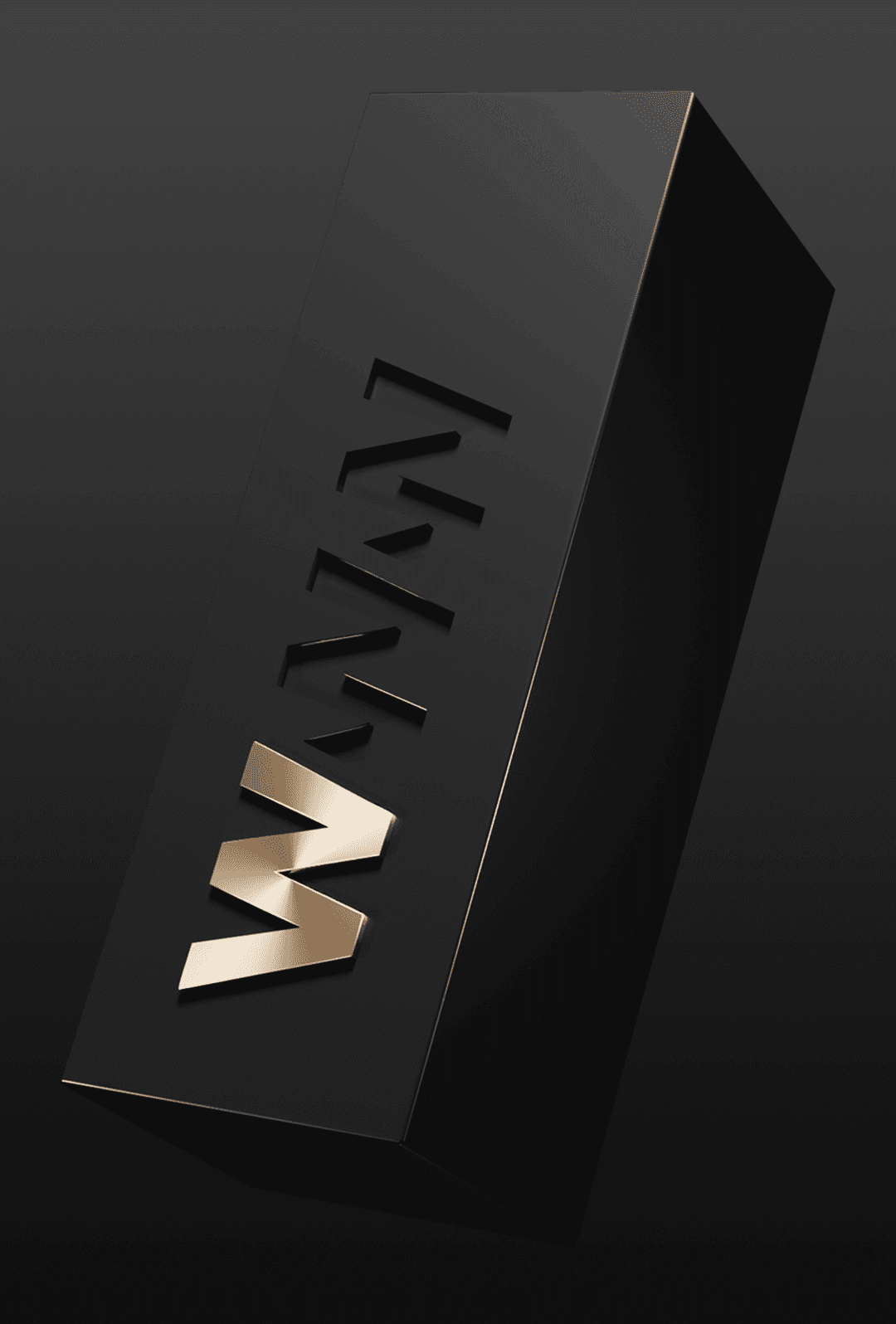
05
Awwwards
Site Of The Day
-
1minus1
Clients
Clients
Clients
